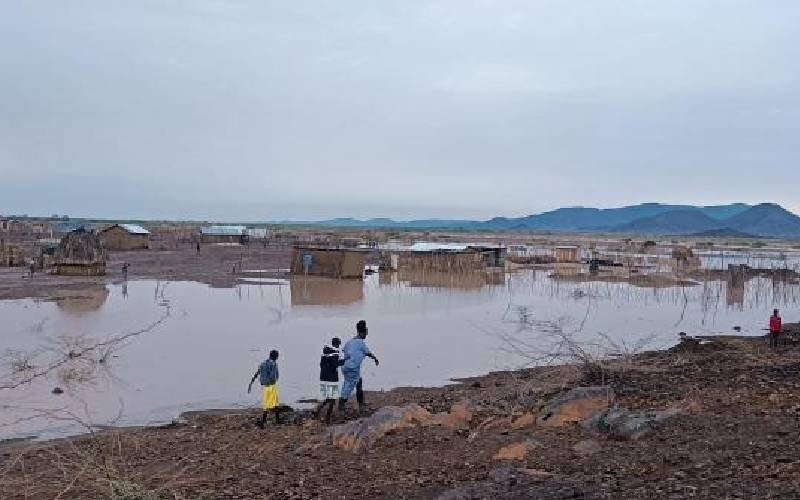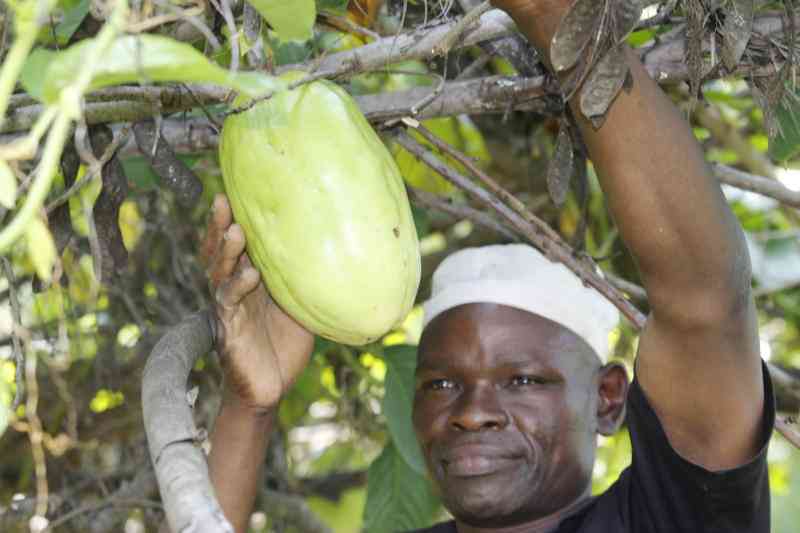For most urban dwellers, the rainy season is more of a curse than a blessing; massive flooding, accidents and worsening traffic congestion make city residents wish the rainy seasons could be scrapped off.
Worse still, even during heavy downpour, many urban dwellers have to contend with acute water shortages. Rain-water harvesting is a strange phenomenon to them. According to the 2009 Kenya Population Census, only 0.8 per cent of the urban population uses rain water.
However, with proper planning, harvesting and storage, rain water can greatly supplement piped water. Unfortunately, rain is treated as a common passer-by. Residents let the blessing go to waste then later complain of water shortage.
A reflection on rain-water harvesting as a missed opportunity should, therefore, be a subject of concern at household level. The question is how can urban households be encouraged to adopt rainwater harvesting as a solution to water insecurity? Unfortunately, a number of challenges to rainwater harvesting loom.
Specifically, there are concerns with health risks exposure, building standards, property ownership, installation costs and information bias. The health risks aspect can be examined from two angles. First is the issue of quality assurance.
The population has not been sensitized on how to enhance the quality of rainwater for domestic use. Secondly, the roofing types have different levels of health risks and there is general fear that the use of rainwater from corrugated roofs with asbestos tiling increase risk exposure to cancer.
Kenya does not have a policy regulating the health standards on roofs with asbestos.
The building code in Kenya is shy from requiring that all buildings be complaint with rainwater harvesting.
This is also tied with the problem of ownership, where majority are tenants without authority to install rainwater harvesting systems. Most of the buildings, especially estates, direct their rainwater to the drainage. This can be collected to supplement piped water and also reduce urban floods.
Information flow on rainwater systems and market credit is also limiting. There are market products, especially from micro-finance institutions, which facilitate rainwater harvesting but the uptake is moderate at its best.
The technology of rainwater harvesting systems is simple to establish. It needs a roof to capture water, gutters to collect and transport water, and tanks for storage.
Gutters and large size tanks are not too expensive for upper and middle income classes. Small size tanks are also relatively affordable to low income class. There are micro-finance institutions that give affordable credit on water tanks.
Large scale rainwater harvesting is easy to do. This can be a grand opportunity to reduce the floods significantly because most of the rainwater will be captured at the source. The proportion of roof area to land area within the estates would be around 30 per cent.
The roofs of residential and commercial zones would make 20-30 per cent of urban surface. If all the gutters are directed to one mega tank for the whole estate, it will significantly improve water security in the estate.
Four things can turn around the situation. First, a policy requiring that all buildings be fixed with rainwater collection systems is necessary. Second, the public needs to be sensitized on the value of rainwater harvesting and how to make it safe for domestic use.
Stay informed. Subscribe to our newsletter
Third, micro-finance institutions offering credit for water tanks should be more robust in marketing their products. Fourth, incentives to encourage home ownership as opposed to tenancy would be welcome.
 The Standard Group Plc is a
multi-media organization with investments in media platforms spanning newspaper
print operations, television, radio broadcasting, digital and online services. The
Standard Group is recognized as a leading multi-media house in Kenya with a key
influence in matters of national and international interest.
The Standard Group Plc is a
multi-media organization with investments in media platforms spanning newspaper
print operations, television, radio broadcasting, digital and online services. The
Standard Group is recognized as a leading multi-media house in Kenya with a key
influence in matters of national and international interest.
 The Standard Group Plc is a
multi-media organization with investments in media platforms spanning newspaper
print operations, television, radio broadcasting, digital and online services. The
Standard Group is recognized as a leading multi-media house in Kenya with a key
influence in matters of national and international interest.
The Standard Group Plc is a
multi-media organization with investments in media platforms spanning newspaper
print operations, television, radio broadcasting, digital and online services. The
Standard Group is recognized as a leading multi-media house in Kenya with a key
influence in matters of national and international interest.








